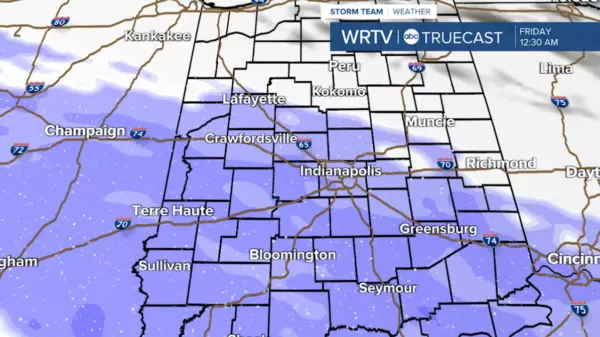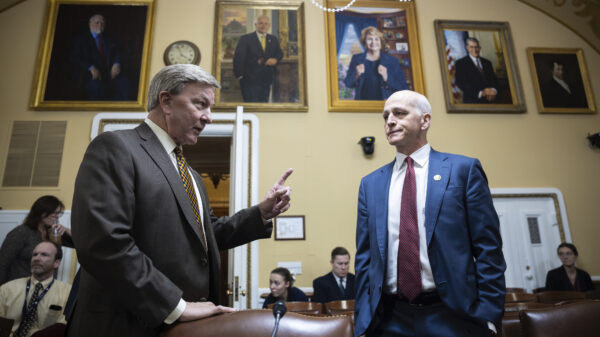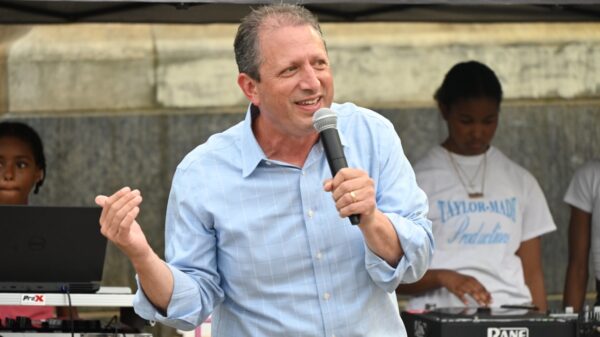Airline delays are expected to escalate significantly through the end of 2025 due to a combination of staffing shortages and increased passenger demand. The current air traffic control system in the United States is operating under severe pressure, exacerbated by a government shutdown that has led to widespread absenteeism among air traffic controllers. On October 27 and 28, nearly 7,000 flight delays were reported nationwide, with the Federal Aviation Administration (FAA) attributing 44% of these disruptions to controller absences, a stark increase from the typical 5%.
The airline industry is grappling with a chronic shortage of air traffic controllers, which has been intensified by the ongoing government shutdown. Key facilities, including the New York TRACON and Atlanta Center, are functioning with minimal operational buffers, leading to increased delays across the system. The FAA has indicated that as staffing levels remain critically low, the ability to manage air traffic efficiently is severely compromised.
Key Factors Contributing to the Surge in Delays
Flight delays generally stem from five primary categories: internal airline issues, late-arriving aircraft, national air system capacity constraints, adverse weather conditions, and security concerns. However, these elements do not operate in isolation. A delay at one major hub can trigger a domino effect throughout the system, resulting in further delays across multiple locations.
In 2025, the systemic challenges are particularly pronounced. The FAA is currently facing exceptionally high absenteeism rates among controllers, with many working prolonged hours without adequate rest. The staffing crisis means that fewer aircraft can be processed per hour, creating a backlog of flights waiting to take off or land. This situation is compounded by record passenger volumes, as airlines prepare for a busy holiday season.
Furthermore, external factors such as disruptive winter weather patterns are expected to add to the chaos. Increased incidents of storms, wind shear, and low visibility conditions will likely limit the operational capacity of key airports, leading to further delays.
Impact of the Government Shutdown
The ongoing government shutdown has significantly exacerbated the challenges facing the air traffic control system. With air traffic controllers and Transportation Security Administration (TSA) officers working without pay, morale has diminished, leading to higher rates of absenteeism. The FAA has already implemented flight reductions at 40 of the busiest airports, potentially cutting capacity by up to 10% if the shutdown continues.
The shutdown has also stalled hiring and training efforts for new controllers, which are essential for alleviating the current staffing shortages. Training a new controller typically takes between one to three years, and the backlog created during the shutdown will take time to clear.
Even if the government reopens and funding for new hires resumes, the effects on flight delays will not be immediate. Existing controllers who have been working overtime are likely to require time to recover from fatigue, and the certification processes for new hires will take years to yield results.
Passengers can expect prolonged disruptions as the airline industry navigates through these capacity constraints. As the FAA works to address the staffing shortages, the overall air traffic control system remains under substantial stress, leading to a persistent expectation of delays.
The convergence of high passenger demand, limited operational capacity, and adverse weather conditions indicates that flight delays will not only continue but may worsen as the year progresses. The aviation sector faces a complex set of challenges that require urgent attention and innovative solutions to restore a more efficient air travel experience for passengers.







































































